Mankind has come up with a lot of innovative ways to get an adrenaline rush going. Extreme sports are an excellent way to enjoy the thrill and excitement of life because of the dangers involved. Though extreme sports have evolved over time, the dangers associated with them remain the same, which is a part of their appeal.
There are certain facts, precautions, and disclaimers that you should keep in mind before you indulge in these exhilarating activities. In this article, we talk about the top things you should know before doing an extreme sport.

25. Dangers
Extreme sports are called extreme for a reason. There is a high level of danger associated with everything you do.

If things go wrong, there is a chance of serious injury or even death.
24. Pre-existing Conditions
Some sports are not meant for everyone, and this is especially true in the case of extreme sports.

For example, if you have a heart condition, you will not be allowed to even go on roller coasters. Sports like bungee jumping and similar ones that involve heights are not suggested for people with heart conditions or vertigo.
23. Age
While extreme sports try to be as inclusive as possible when it comes to their target audience, you might be disqualified from participating in some events due to your age.

For example, you cannot be a rally car driver if you’re younger than 18 years of age.
22. Fitness
You have to be fit to participate in an extreme sport. Though this might be a pretty obvious statement, extreme sports can exert and exhaust the body in whole new ways.

You need to make sure that you’re in peak physical shape so that you do not end up injuring yourself.
21. Precautions
Though extreme sports come with the thrill and exhilaration of danger, it does not mean that you should tempt luck.
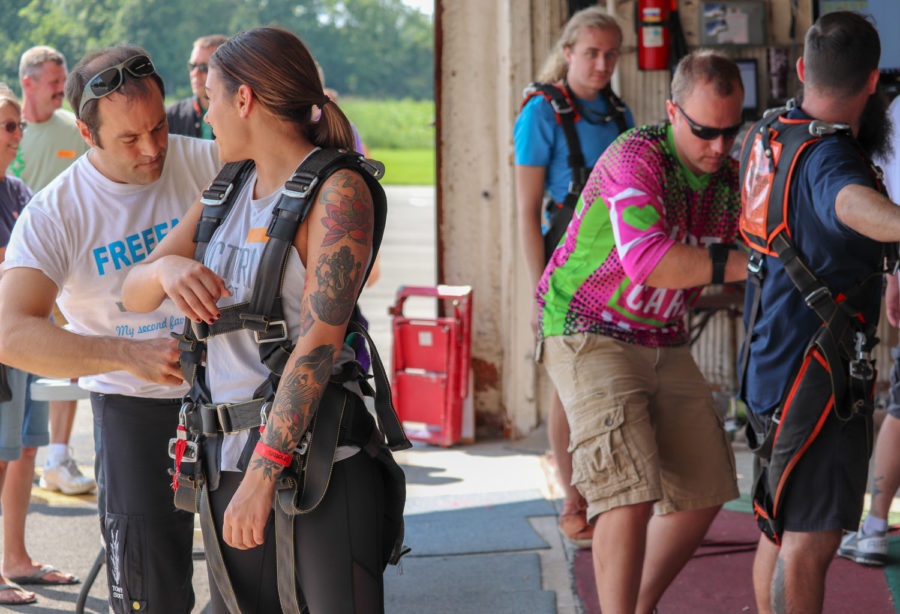
There are a large number of precautions that you will have to take to ensure that there is a minimum chance of injury while you’re participating in the activity.
20. Formalities
There are some formalities that you might have to carry out before you try your hand at one of these activities.

Usually, it is signing a waiver or document that says that you know exactly what you’re being a part of and that any harm or injury to you will not be the responsibility of the people who are helping you with the sport.
19. Confidence
Why are you participating in an extreme sport? Is it because you want the thrill, or are you only going because your friends wanted to go?

Are you confident about it? Make sure that you are mentally prepared for the activity before you start.
18. Rules and Regulations
You will have someone helping you or training you when you participate in an extreme sport.
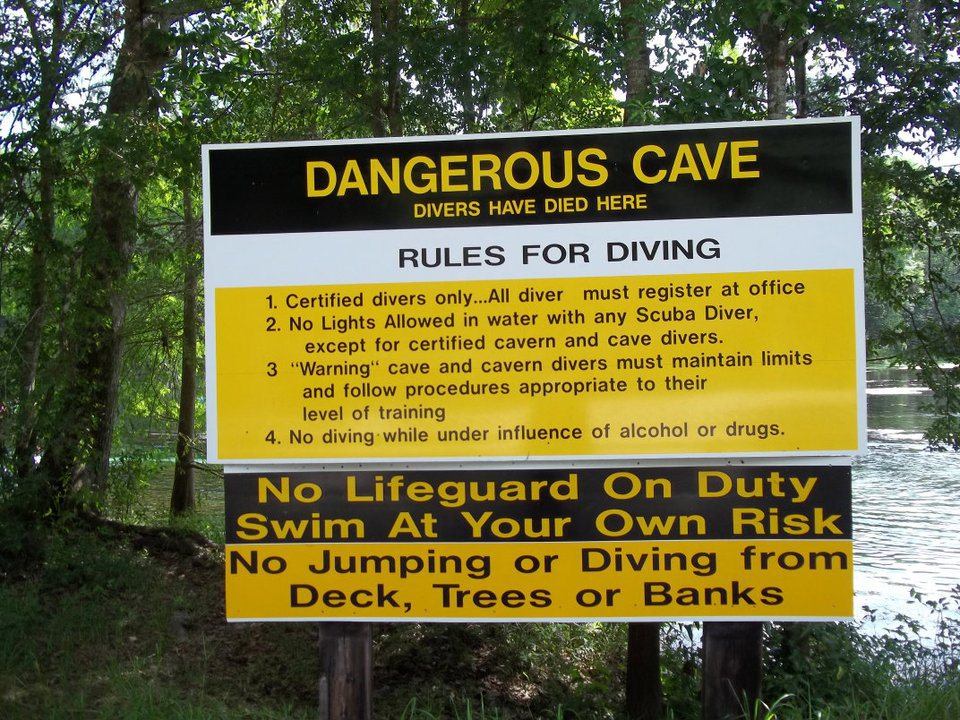
Make sure that you pay proper attention to everything they say, follow all the rules and regulations, and check every box before you participate. This will ensure your safety.
17. Clothes
While most extreme sports come with their own range of specific clothes, make sure that you do not wear something that will make you uncomfortable or get in your way.
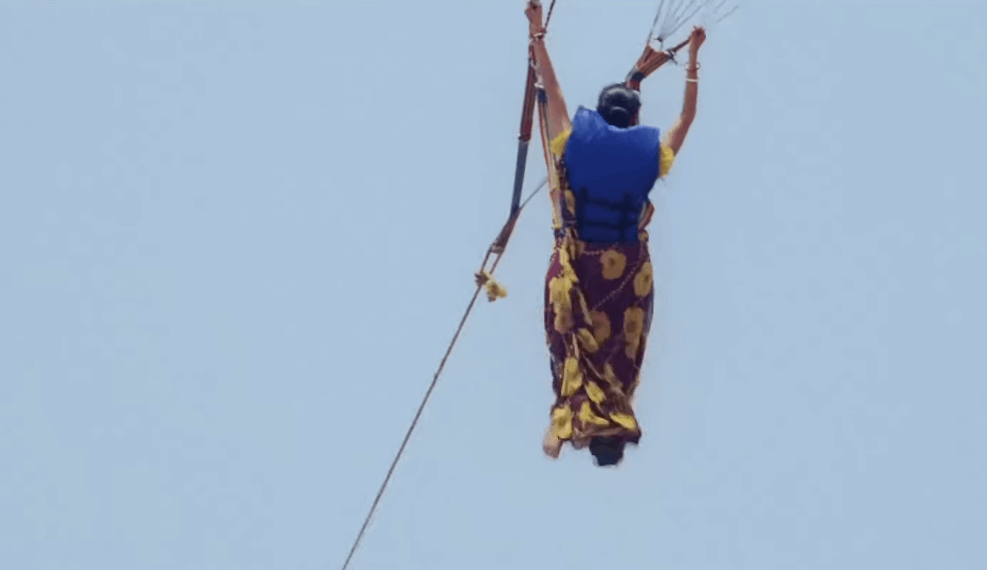
You will have a lot of things to keep track of while you’re participating in the activity, and this should not come in the way.
16. Cameras and Pictures
While you will always be tempted to take a picture or a video of you participating in these activities, make sure that it’s completely safe and ask your trainers before you get that selfie stick out.
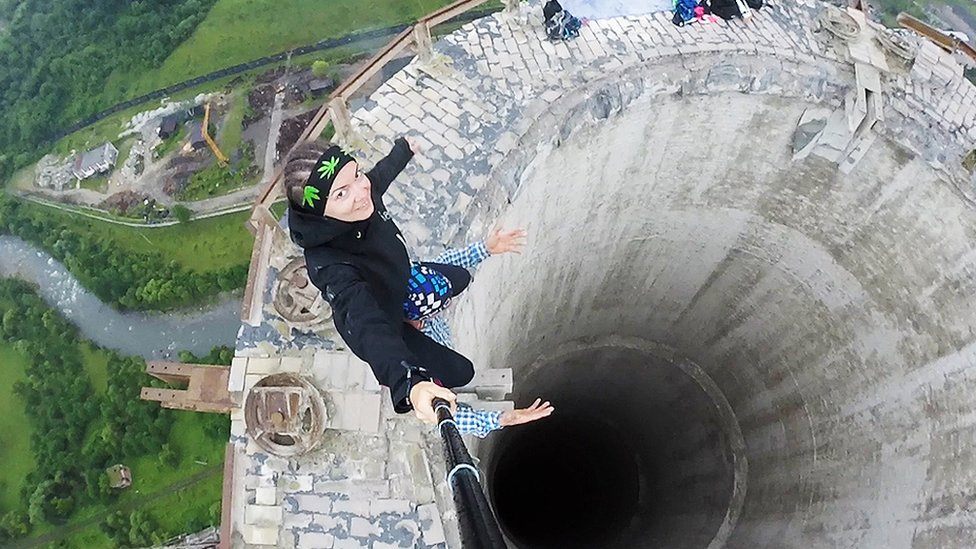
Trying to take a picture during something like this can be dangerous and increase chances of injury.
15. Warm Up
Your muscles are going to be exerted when you participate in an extreme sport, as there is a lot of physical activity that goes into it.

Make sure that you’re stretched properly and warmed up before you start so that there will be low chances of you cramping up or getting into an injury.
14. Gear
A lot of sports will require you to wear protective equipment like lifejackets, vests, or helmets.
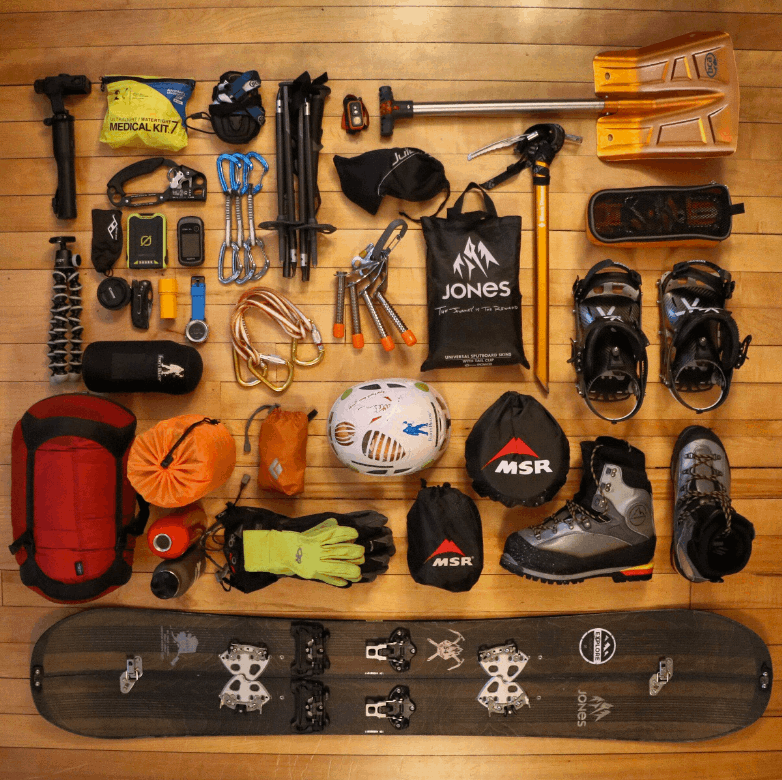
Make sure that you do not participate in the sport without having all of your equipment on, as this can save your life in case of an unfortunate incident.
13. Company
It is all well and good if you want to participate in extreme sports on a solo trip, but it’s better to have a family member, friend, or loved one around you while doing the activity.
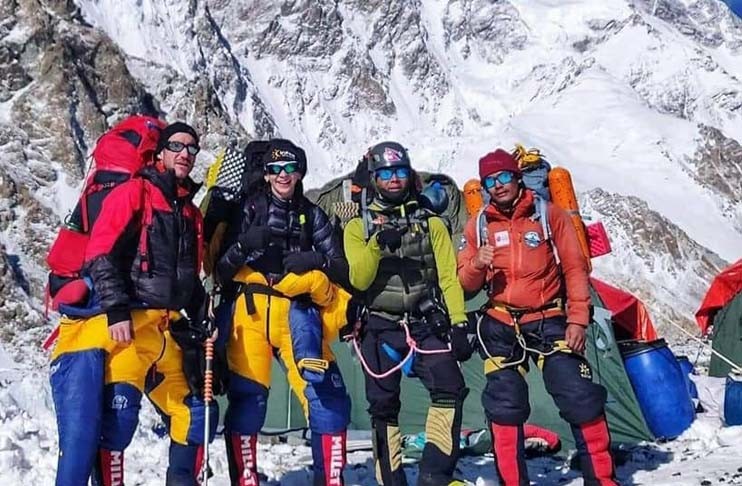
You will feel more comfortable and confident, and you will have the satisfaction of knowing that you have someone around in case something goes wrong.
12. Background Check
You are going to be risking your life when you participate in an extreme sport.

This means that whichever company you choose to go with should pass a background check. Do your research and make sure you go with a reputed option for the best experience.
11. Identification
Always carry your personal details and ID card with you when you participate in an extreme sport.

The company will need you to prove your identity before you can participate.
10. First Aid
Though the company you choose will always have a thorough first aid kit handy for small injuries or emergencies.

It is a good idea to keep some band-aids and pain medications before you go for an extreme sport as a last-case scenario.
9. Attention
If you’re participating in an extreme sport as a group activity, it can be easy to lose track of what’s happening around you when you’re with your friends.
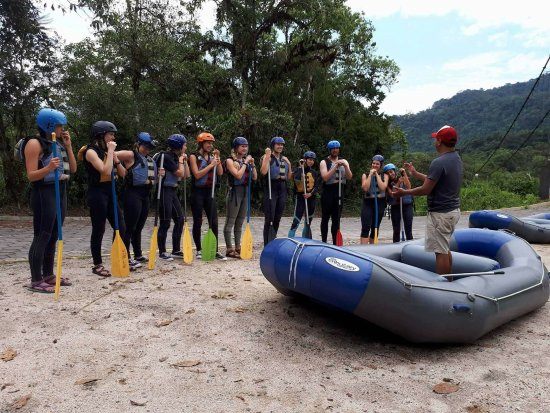
Pay close attention to what your trainer is saying at all times, and try not to be too loud.
8. Impact
A lot of extreme sports include sudden thrusts, falls, and other activities that can cause an impact on your bones and joints.

Ensure that you wear the proper gear, warm up properly, and listen to your trainers on what to do when you land.
7. Cost
The cost of participating in an extreme sport can vary wildly based on the location, type, and training company you choose.

For example, some extreme sports like skydiving can cost a lot of money because of the equipment involved.
6. Options
Extreme sports come in a wide range of activities. You can partake in these activities on land, in the air, in the snow, and both in and on water.

There are even activities involving volcanoes. This means that you have an unlimited number of choices when it comes to these dangerous sports.
5. Understanding
Do your research properly before you go for an extreme sport.
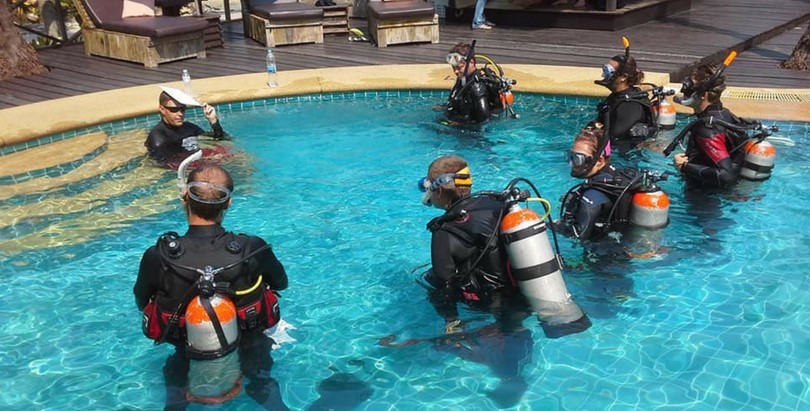
Know everything that is involved, what you will need, and all the precautions you need to take before you start can be the difference between you having a good time or getting injured.
4. Medical Permission
If you’re not sure if you will be capable of carrying out an extreme sport, make sure that you visit a doctor and check with him for any conditions that you might have. It is always good to make the safer choice in situations like these if you’re not sure.

For people who suffer from heart conditions, vertigo, or fear of heights, it is a good idea to ensure that everything is done by the book. This is because there is a higher chance for something to go wrong in such cases.
3. Pay in Advance
We already spoke about the amount of money that you would need for your choice of sport, depending upon how much equipment is needed. Just make sure that you pay for everything in advance so that there is no hassle involved.

Most good training and extreme sports companies will have a way to pay them online without having to deal with middlemen.
These companies will also have well-trained and experienced trainers and coaches who will be more than willing to help you every step of the way to ensure that you have a fun experience.
2. Insurance
Make sure that you have your travel and life insurance in check before you go for an extreme sport.

We are not saying that anything will go wrong, but it is a good idea to know that you have a safety net in case of any unfortunate incidents.
1. Have fun!
Remember that this could be a once-in-a-lifetime opportunity for you, and the thrill and excitement you will feel in your adrenaline-filled activity will be a good reminder for years to come.
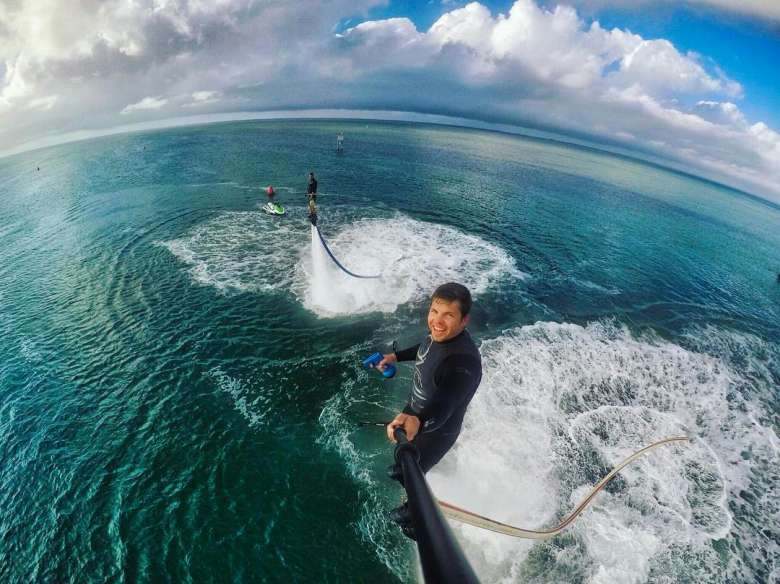
This can be a great opportunity for you to not only enjoy yourself but also learn something about yourself. If you’re doing this sport with someone you love like a friend or a family member, this can also be a great bonding experience for the both of you.
The Bottom Line
Extreme sports can sometimes get a bad name because of the kind of news articles you read about them. But the truth is that with the proper precautions, doing everything right, warming up, and listening to your trainers, it can be a safe activity that you will remember for the rest of your life.
If you follow these instructions properly and keep them in mind, your experience will be an exciting and memorable one. We hope you have a fun adventure!







